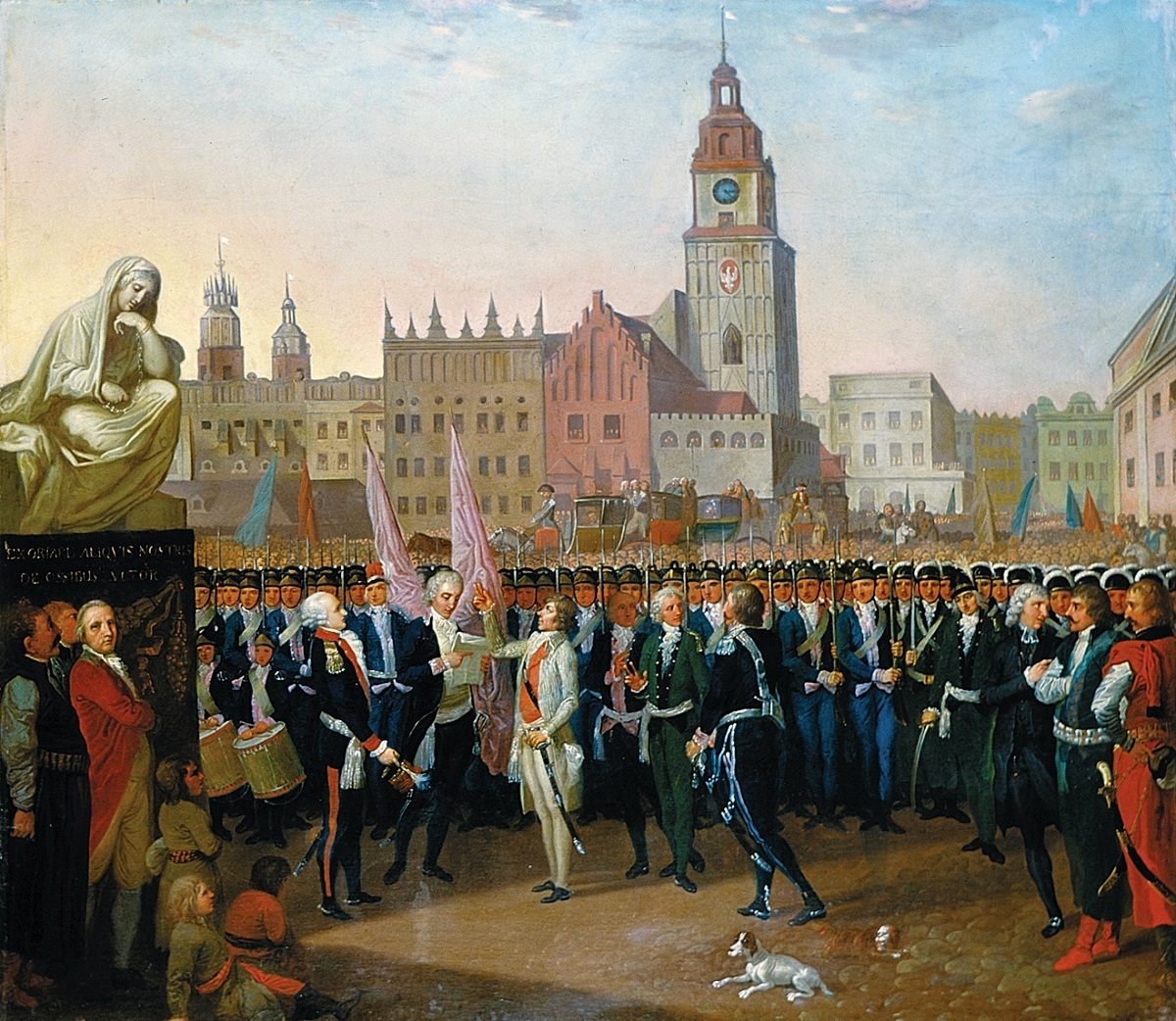|
Battle Of Kobyłka
The Battle of Kobyłka took place between the Russian Empire's armed forces under the leadership of Suvorov and Polish rebels under Stanisław Mokronowski north-east of Warsaw (at Kobyłka), on 26 October 1794. It was part of the Kościuszko Uprising and ended with the rebels' defeat. Battle When Suvorov received information from Stanisławów that the insurgent detachments were at Kobyłka and Okuniew, he immediately sent General Fersen's cavalry to Okuniew, and himself with 10,000 moved to Kobyłka. Polish forces of the Mokronowski's column were under General Meyen's command, but Meyen left his detachment at the very beginning and go to Warsaw; the Poles remained under the command of General Byszewski, adjutant-general of the Polish king. Russian General forced the Polish column to retreat in two separate sub-columns, which both laid down their arms; one of them, Colonel Wolan's, followed the forest road (the right flank; it surrendered first), and the other, Byszews ... [...More Info...] [...Related Items...] OR: [Wikipedia] [Google] [Baidu] |
Kościuszko Uprising
The Kościuszko Uprising, also known as the Polish Uprising of 1794, Second Polish War, Polish Campaign of 1794, and the Polish Revolution of 1794, was an uprising against the Russian and Prussian influence on the Polish–Lithuanian Commonwealth, led by Tadeusz Kościuszko in Poland-Lithuania and the Prussian partition in 1794. It was a failed attempt to liberate the Polish–Lithuanian Commonwealth from external influence after the Second Partition of Poland (1793) and the creation of the Targowica Confederation. Background Decline of the Commonwealth By the early 18th century, the magnates of Poland and Lithuania controlled the state – or rather, they managed to ensure that no reforms would be carried out that might weaken their privileged status (the " Golden Freedoms"). Through the abuse of the '' liberum veto'' rule which enabled any deputy to paralyze the Sejm (Commonwealth's parliament) proceedings, deputies bribed by magnates or foreign powers or those sim ... [...More Info...] [...Related Items...] OR: [Wikipedia] [Google] [Baidu] |
Column (military)
In military terminology, a column is a tactical formation of fighters moving together in one or more file (formation), files in which the file is significantly longer than the width of rank (formation), ranks in the formation. The column formation allows the unit rapid movement and a very effective charge (due to weight of numbers), and it can quickly Square (formation), form square to resist cavalry attacks, but by its nature only a fraction of its muskets are able to open fire. The Line (formation), line formation offers a substantially larger musket frontage than the column, allowing for greater shooting capability, but requires extensive training to allow the unit to move over ground as one while retaining the line. It is also applied by modern armies to vehicles, troops and naval vessels. Napoleonic Wars During the early stages of the French Revolutionary Wars, the French Army often attacked in column formation in an attempt to drive through enemy lines by sheer weight o ... [...More Info...] [...Related Items...] OR: [Wikipedia] [Google] [Baidu] |

